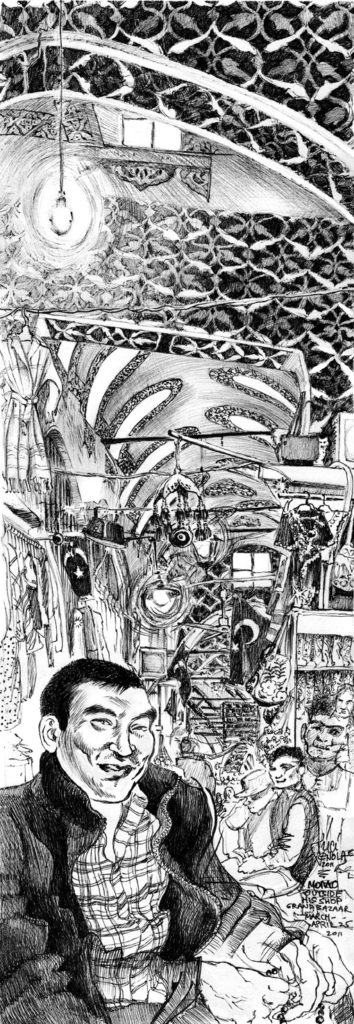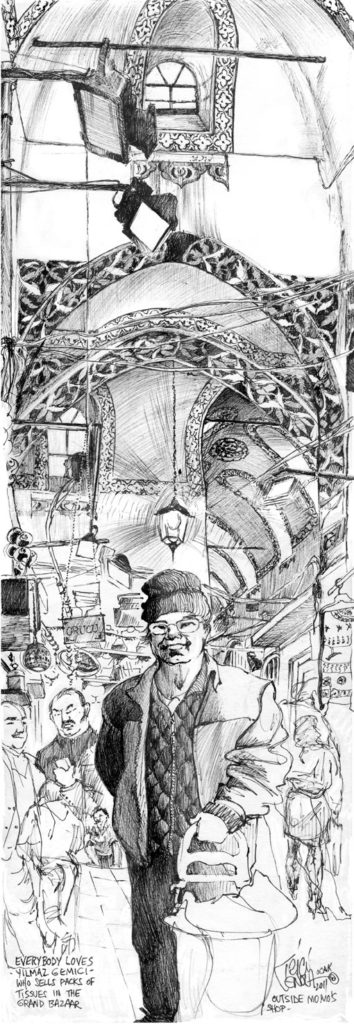KAPALICARSI: THE COVERED BAZAAR
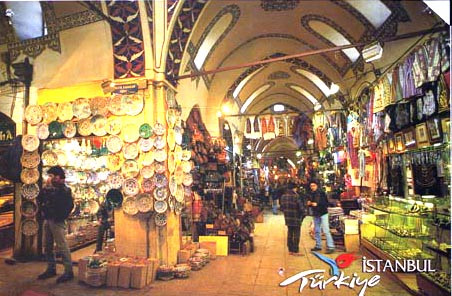
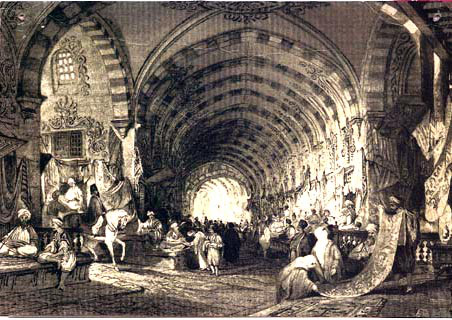
Grand Bazaar is, in Turkish: Kapalicarsi, literally Covered Bazaar. In oldtime Istanbul, according to classic Islamic tradition, anything or anyone beautiful and precious was covered. Delightful houses were humble on the outside. Gardens hid behind walls. Women were veiled. Those Koran covers I buy for my sketchbooks follow the same principle. This had everything to do with how the Bazaar evolved.
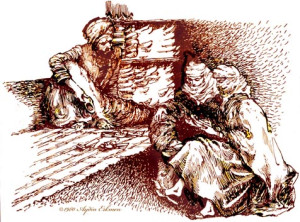
Women shoppers could not be in an enclosed, Western-type shop with a male merchant. So the whole bazaar was enclosed. What a concept! All the precious things covered at once! The stalls were built into the walls of the streets, with wooden covers– divans– flipped up to display the goodies for sale, which were heaped and hung there with no glass barrier: a feast of color and texture to dazzle and delight. The women could bargain out in the open, protected from weather and gossip.
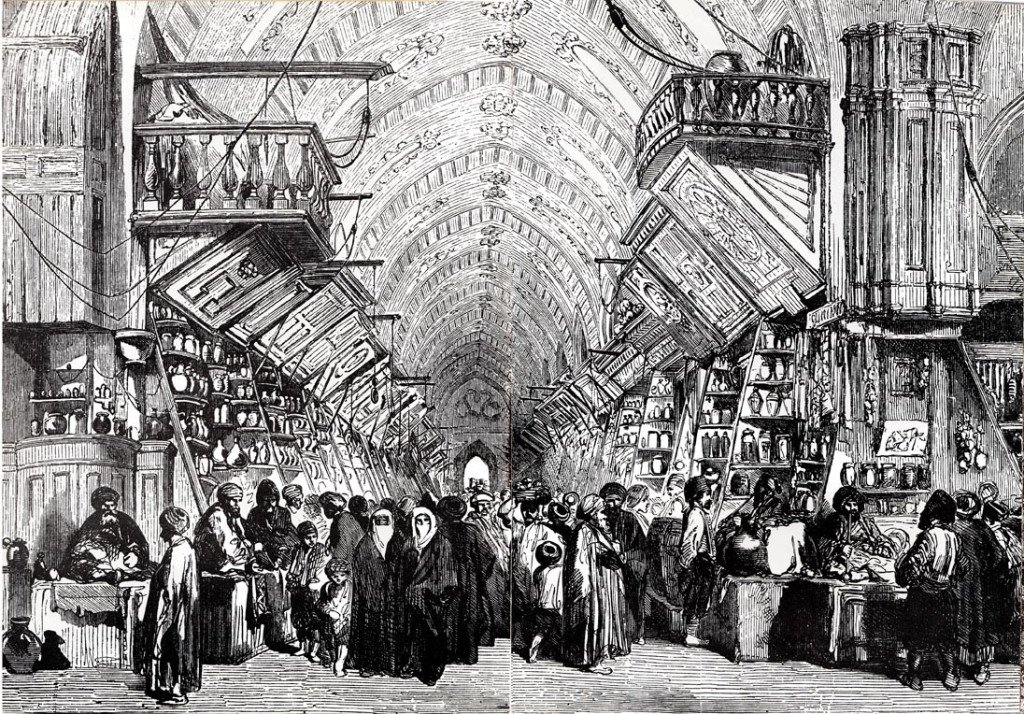
Through pools of light from the high windows, horses, donkeys, carriages and the occasional camel were all ridden through the Bazaar. Down each avenue was a trough for water and waste. You can see traces of these still, under the modern floor tiles. Westernization brought imitation of Europe, so shops were built out into the streets, turning most of them into narrow labyrinths. Despite modern electrical wiring these have an undersea feel on dark winter days. I’ve been in the Bazaar in a blackout, though, and you can always find your way because of the windows. Here’s Muhammed in front of his shop Ak Gumus on Yesil Direkli Street up by the Post Office, looking down Sari Haci Hasan Street. And next to him, our late beloved tissue seller Gemici, from the same spot looking up the street.
